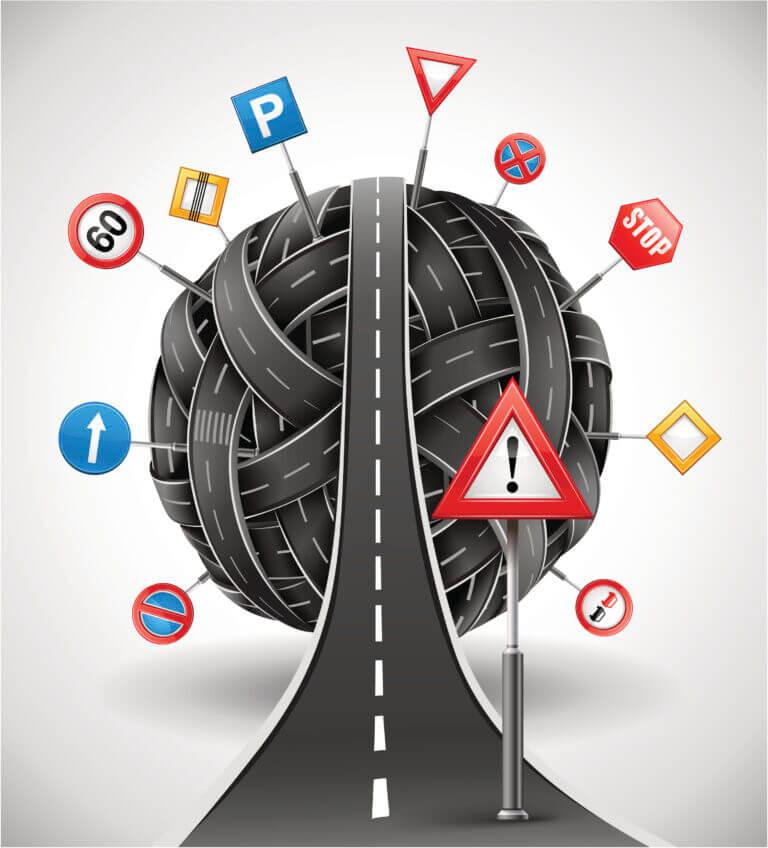In an age where information reigns supreme, the ability to track anything and everything has become an indispensable tool. From monitoring the fitness of our morning jogs to pinpointing the location of our misplaced keys, tracking devices have seamlessly woven themselves into the fabric of our daily lives. But when it comes to understanding the intricate world of tracking technology, many of us find ourselves wandering through a tangled maze of jargon and bewilderment. Fear not, intrepid explorer, for this comprehensive guide is your trusty compass, ready to navigate you through the captivating realm of tracking devices, GPS tracking, and tracking systems.
Unveiling the Tracker Tribe – A Taxonomy of Tracking Devices
Before delving deeper, let’s establish a common language. Tracking devices come in a dazzling array of shapes, sizes, and functionalities, each catering to a specific need. Here’s a glimpse into the diverse tracker tribe:
GPS Trackers: These ubiquitous devices leverage the Global Positioning System to pinpoint the location of an object in real-time. Think stolen vehicles recovered, lost pets reunited, and adventurers traversing uncharted territories.
Cellular Trackers: Utilizing cellular networks, these trackers provide location data even in remote areas where GPS signals are weak. Think valuable assets like shipping containers traversing continents or construction equipment navigating remote job sites.
RFID Trackers: Radio-frequency identification (RFID) trackers employ radio waves to identify and track objects within a short range. Think inventory management in warehouses, access control in buildings, and even contactless payments in retail stores.
Bluetooth Trackers: These short-range trackers leverage Bluetooth technology to locate lost items within a limited radius. Think misplaced keys magically reappearing under the couch or a frantic phone hunt ending with a triumphant ringtone emanating from beneath the car seat.
Passive Trackers: Unlike their active counterparts, passive trackers don’t emit signals but reflect incoming waves. Think wildlife monitoring tags attached to endangered species or covert operations requiring discreet tracking.
This is just a taste of the diverse tracker family. Each sub-type boasts unique strengths and weaknesses, making them ideal for specific applications. Understanding this classification system is the first step to unravelling the mystery of choosing the right tracker for your needs.
Charting the Course – The Power of GPS Tracking
Among the tracker clan, GPS reigns supreme in terms of popularity and versatility. But how does this magical technology actually work? Imagine a constellation of satellites orbiting Earth, constantly broadcasting signals. GPS receivers on the ground (embedded in your phone, car, or dedicated tracker) decode these signals, calculating their distance from multiple satellites to triangulate their precise location. This data is then translated into the familiar maps and directions we rely on daily.
GPS tracking technology unlocks a treasure trove of possibilities:
- Fleet Management: Businesses can monitor the location and performance of their vehicles in real-time, optimizing routes, improving fuel efficiency, and ensuring driver safety.
- Personal Safety: Lone adventurers can share their location with loved ones for peace of mind, while emergency services can locate individuals in distress with remarkable accuracy.
- Asset Tracking: Valuable equipment, from construction machinery to shipping containers, can be monitored to prevent theft and optimize deployment.
- Animal Tracking: Researchers can study the migration patterns of wildlife, shedding light on their behaviour and conservation needs.
The applications of GPS tracking are as boundless as human imagination. From revolutionizing logistics to safeguarding endangered species, this technology continues to reshape the way we navigate and interact with the world around us.
Building the Bridge – Unveiling the Tracking System Ecosystem
A tracking device alone is just a solitary island in the vast ocean of information. To truly harness its power, we need a robust tracking system, the bridge connecting the device to the user. This system typically comprises several key components:
- The Tracking Hardware: This includes the physical device itself, whether it’s a GPS tracker attached to a vehicle, or a Bluetooth tag clipped to your keys.
- The Communication Network: This network, cellular, satellite, or even Bluetooth, transmits location data from the device to the central hub.
- The Tracking Software: This software platform gathers and processes the incoming data, displaying it on maps, generating reports, and triggering alerts as needed.
- The User Interface: This could be a web-based dashboard, a mobile app, or even a simple SMS notification, providing users with access to the tracked information.
Choosing the right tracking system depends on several factors, including the type of device you’re using, the desired range and frequency of tracking, and your budget. Whether you’re a fleet manager seeking real-time vehicle



